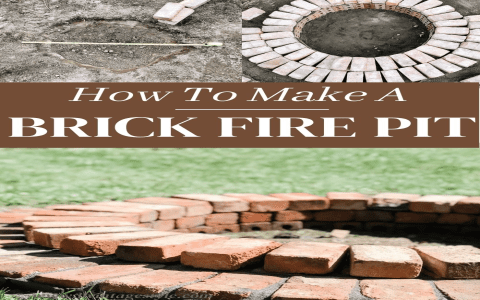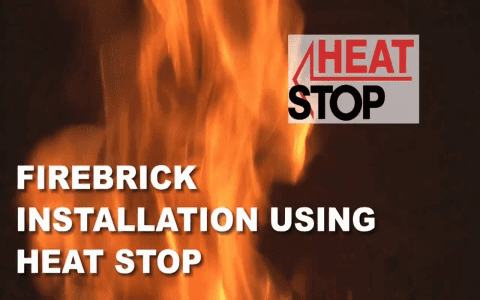Well, let me tell ya somethin’ about this here “tefractory” stuff. It sounds all fancy-pants, but it’s just tough stuff that don’t melt when things get real hot.
What is this “tefractory” anyway?


You see, some folks call it “refractory cement,” but don’t let them big words fool ya. It’s like the tough dirt you find way down deep, only it’s made to stand up to fire and heat. Like, real, real hot. Hotter than your oven, hotter than a bonfire, way hotter. They use it in places where things get so hot they’d melt regular stuff, like in them metal factories where they make cars and stuff.
Why do you pick one “tefractory” over another?
Now, pickin’ the right “tefractory” ain’t as easy as pickin’ apples. You gotta think about how hot things are gonna get. Some of this stuff can handle a little heat, like the kind you’d use in a fireplace. But then there’s the real tough stuff, the kind that can take heat that’d melt your eyeballs right outta your head. You gotta know what you’re doin’, or things could go boom!
- Regular “tefractory”: This stuff’s good for things that get kinda hot, but not crazy hot. Like, maybe up to where your bacon gets crispy in the pan, but a whole lot hotter than that. Think of it like the workhorse of “tefractory.”
- High-temperature “tefractory”: This is the real deal. This stuff can take heat that’d make your hair stand on end. They use it in them big furnaces where they melt metal and make steel. It’s gotta be tough, or the whole place would melt down.
What kinds of “tefractory” are there?
Shoot, there’s all kinds. Some of ‘em got names you can’t even pronounce, like “alumina bubble brick” – sounds like somethin’ you’d find in a bathtub! But they all got their purpose. Some are made for holdin’ heat in, some are made for keepin’ heat out, and some are just plain tough as nails.
Choosing the right stuff.
So, how do ya pick the right one? Well, you gotta think about what you’re doin’ with it. You wouldn’t use a hammer to swat a fly, right? Same goes for “tefractory”. You gotta match the stuff to the job. If you don’t, well, things could go wrong real fast. And nobody wants that, trust me.
Them “tefractory” metals.


Then there’s these things called “refractory metals.” These ain’t like the dirt stuff; these are real metals, but they’re special. They can take heat that would make other metals melt like butter. Stuff like tungsten and molybdenum – big words, I know, but they’re just strong metals that don’t give up when things get hot. But, even these tough metals have their weakness. They don’t like it when there’s too much oxygen around; they get all rusty and weak.
It’s all about balance, you know?
Pickin’ the right “tefractory” is all about balancin’ things out. You gotta think about how hot it’s gonna get, how long it needs to last, and what it’s gonna be touchin’. It ain’t rocket science, but you gotta use your head. You can’t just grab the first thing you see and hope for the best.
Where to start?
If you’re just starting out, don’t go it alone. Find someone who knows what they’re doin’ and ask them for help. They’ll point you in the right direction and make sure you don’t end up with a melted mess. There’s books and stuff too, with pictures and all, that’ll show you what to do. But pictures can only show you so much, experience is what really counts, you know?
So, there you have it.
That’s the long and short of it on this here “tefractory” stuff. It ain’t glamorous, but it’s important. It keeps things from meltin’ down and blowin’ up, and that’s a good thing in my book. Just remember, pick the right stuff for the job, and don’t be afraid to ask for help if you need it. And for goodness sake, don’t touch it when it’s hot!
Tags: [Refractory Materials, High-Temperature Materials, Refractory Metals, Material Selection, Industrial Materials, Heat Resistance, Metallurgy, Construction Materials]





